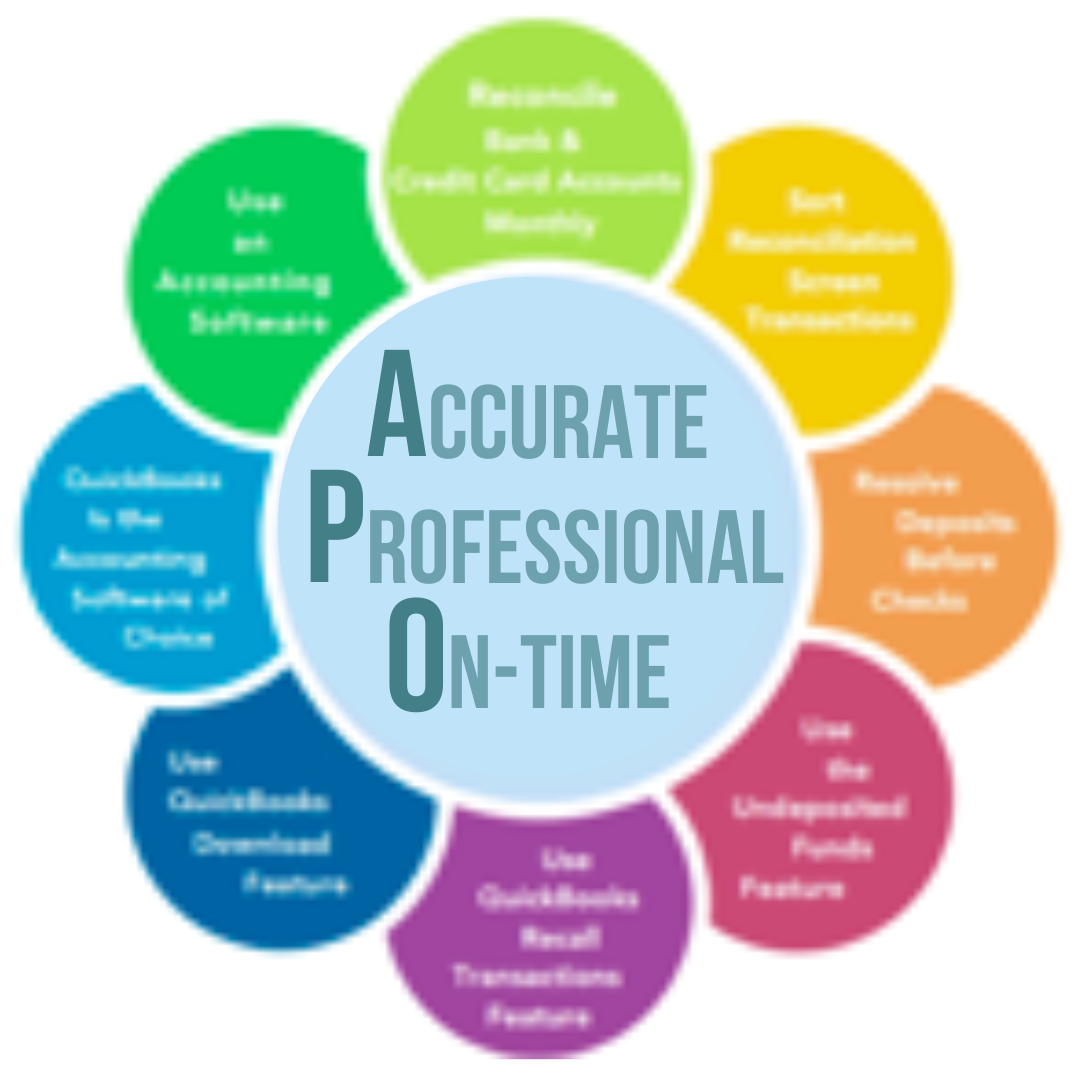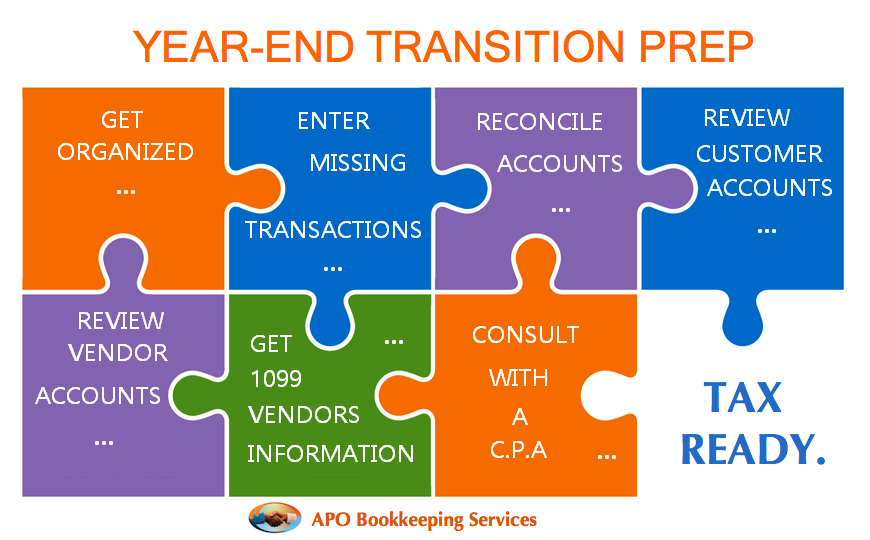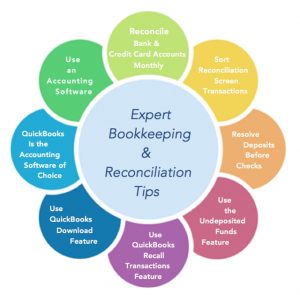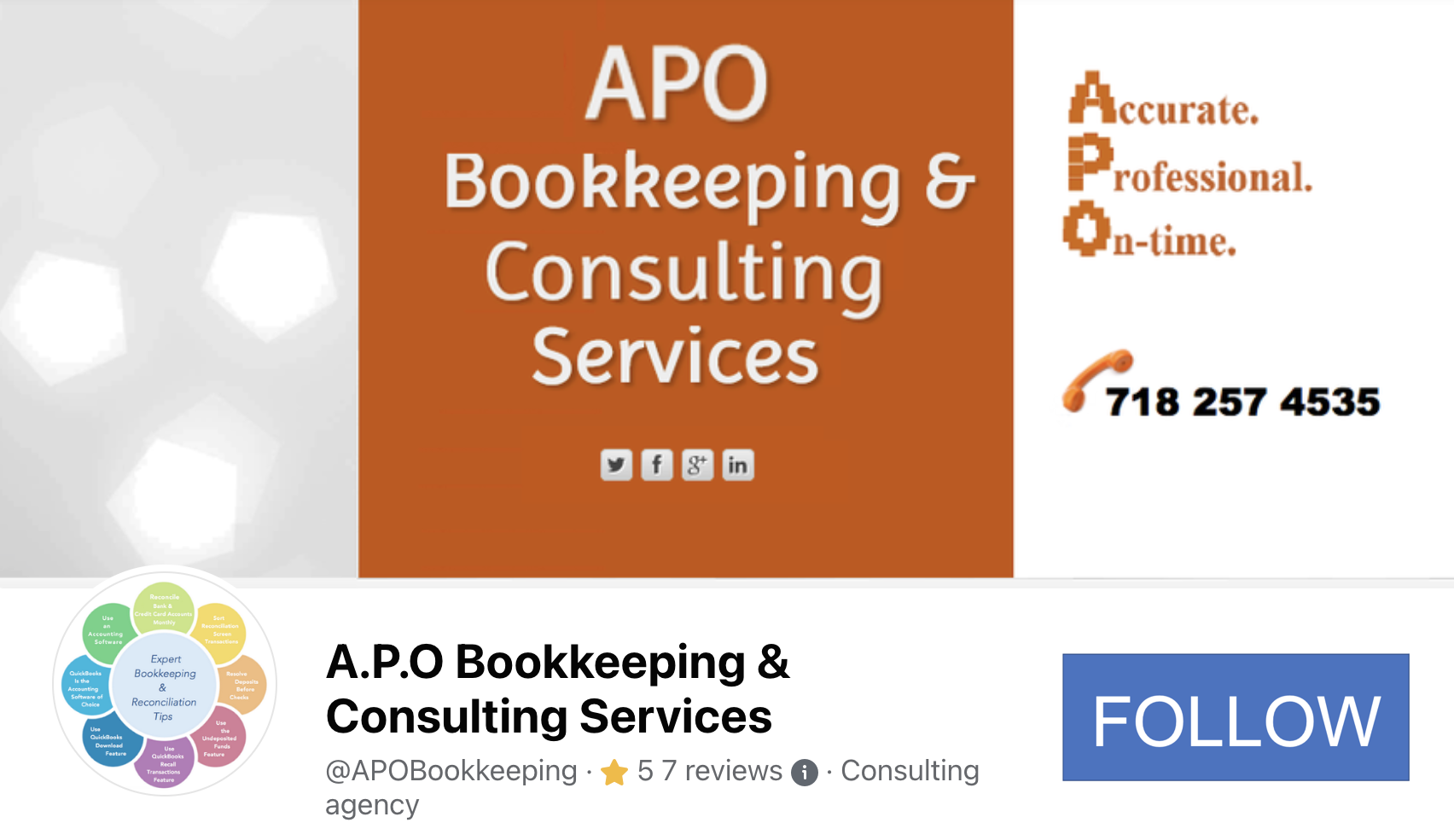It is fast approaching year-end, and now is the time to take stock of your financials as far as your bookkeeping, especially if you are a one-man show. Yes, there are three (3) months to go before we actually hit the end of the year, but wasn’t it just year-end and tax time? Not quite sure where time is going, but the next three months will pass just like a breeze, and tax time will be here again not long after. Here are a few things you can start doing right now:
 Create a filing system, if you don’t already have one, then organize and file your receipts, bank and credit card statements, and other paperwork. This will make it easier to retrieve information needed from them at any time, and also to stay complaint with tax rules. All year long, you receive paperwork and some of it will be needed to prepare your tax return. If you have not been, and do not file them away in an organized fashion, you will have difficulty locating them when they are really needed. The key is to choose a filing system in which you can easily file and subsequently retrieve documentation when needed, and use it. The biggest hassle at tax time is getting all the documentation together. Maintaining your documents in an organized fashion will not only help you avoid missing valuable deductions to which you may be entitled, but will also help ensure that your income tax return is complete and accurate.
Create a filing system, if you don’t already have one, then organize and file your receipts, bank and credit card statements, and other paperwork. This will make it easier to retrieve information needed from them at any time, and also to stay complaint with tax rules. All year long, you receive paperwork and some of it will be needed to prepare your tax return. If you have not been, and do not file them away in an organized fashion, you will have difficulty locating them when they are really needed. The key is to choose a filing system in which you can easily file and subsequently retrieve documentation when needed, and use it. The biggest hassle at tax time is getting all the documentation together. Maintaining your documents in an organized fashion will not only help you avoid missing valuable deductions to which you may be entitled, but will also help ensure that your income tax return is complete and accurate.
 Enter all transactions that have taken place since the beginning of the year in your accounting software, or on your excel sheet, if you are a spreadsheet user. I do not recommend spreadsheets be used as your main bookkeeping tool, as it is very limiting, and allows for more mistakes to occur. However, if your CPA or tax preparer has been and continue to accept your spreadsheets without complaints, then you should probably continue to use them. On the other hand, if your CPA or tax preparer has been ignoring you and not preparing your taxes on time after you have submitted your spreadsheet info, you can opt to use one of the many accounting software available on the market for desktop as well as online or “in the cloud”. Some of them will tell you to have a bookkeeper crunch your numbers, but others will push yours aside, and work on their clients with accounting-software-prepared reports first. Accounting software are more versatile, and you are able to generate all the relevant reports that a CPA or tax preparer requires. Also, reconciliation is one of the most important steps in keeping accurate books, and while it is possible with spreadsheets, it is more convenient and less error prone when done using accounting software.
Enter all transactions that have taken place since the beginning of the year in your accounting software, or on your excel sheet, if you are a spreadsheet user. I do not recommend spreadsheets be used as your main bookkeeping tool, as it is very limiting, and allows for more mistakes to occur. However, if your CPA or tax preparer has been and continue to accept your spreadsheets without complaints, then you should probably continue to use them. On the other hand, if your CPA or tax preparer has been ignoring you and not preparing your taxes on time after you have submitted your spreadsheet info, you can opt to use one of the many accounting software available on the market for desktop as well as online or “in the cloud”. Some of them will tell you to have a bookkeeper crunch your numbers, but others will push yours aside, and work on their clients with accounting-software-prepared reports first. Accounting software are more versatile, and you are able to generate all the relevant reports that a CPA or tax preparer requires. Also, reconciliation is one of the most important steps in keeping accurate books, and while it is possible with spreadsheets, it is more convenient and less error prone when done using accounting software.
 Reconcile your bank and credit card accounts from the start of the year to date, so you will not be backed up and out of synch at year end. It is always advisable to reconcile your accounts on a monthly basis, not only to stay updated, but especially to ensure there are no mistakes on either side, and if there are, to catch and resolve them immediately. Reconciliation ensures that the bank and credit card numbers are in synch with your numbers; as such, you must keep a record of all your transactions, and reconcile them against your bank and credit card statements. Humans are prone to err and so are credit card companies and banks.
Reconcile your bank and credit card accounts from the start of the year to date, so you will not be backed up and out of synch at year end. It is always advisable to reconcile your accounts on a monthly basis, not only to stay updated, but especially to ensure there are no mistakes on either side, and if there are, to catch and resolve them immediately. Reconciliation ensures that the bank and credit card numbers are in synch with your numbers; as such, you must keep a record of all your transactions, and reconcile them against your bank and credit card statements. Humans are prone to err and so are credit card companies and banks.
 Review your customer accounts to ensure their balances are accurate, and also to locate possible bad debts. If you have a customer or customers that you believe are not likely to make good on past due amounts, now is the time to write off those bad debts as a loss on your books – accrual based accounting only. (For cash basis accounting, you can simply void the invoices deemed non-payable, as they are not included in your income.) Writing off bad debts may not be a total loss as you will be able to take a deduction for them providing you can show that:
Review your customer accounts to ensure their balances are accurate, and also to locate possible bad debts. If you have a customer or customers that you believe are not likely to make good on past due amounts, now is the time to write off those bad debts as a loss on your books – accrual based accounting only. (For cash basis accounting, you can simply void the invoices deemed non-payable, as they are not included in your income.) Writing off bad debts may not be a total loss as you will be able to take a deduction for them providing you can show that:
- The debt is bona fide – you have a contract between you and the customer that shows you provided goods and/or services to the customer, and expected to be paid or repaid. If you do not have a written contract but have an Invoice along with correspondence to show that you have been communicating about the debt and there was a promise to pay, then that should suffice as proof that the debt is legitimate.
- You have a basis in the debt – you already included the amounts owing in your business’s gross income. You have to treat the money owed as paid, in order to make a claim for bad debt deduction. This happens when you do the write off and transfer the debt from owing to paid – from accounts receivable to bad debt expense.
- The debt is business related – your Invoice and written communication should be enough to prove the debt is business related.
- The debt became entirely or partially worthless – you have to show that you took all reasonable steps to collect the debt. Reasonable steps could be multiple emails and/or phone calls on various dates, you do not have to sue the customer in court.
 Review your vendor accounts to ensure the balances are accurate, and to get caught up on any monies you owe that may be incurring interest. It is always good to stay on top of vendor accounts, at least on a monthly basis, especially those that attract interest for late payment. However, if you review and make overdue payments now, you may be able to save a few dollars in late payment interest. Also, if you have purchase orders for which you have received items but not yet billed for, now is a good time to get the numbers in for those inventory.
Review your vendor accounts to ensure the balances are accurate, and to get caught up on any monies you owe that may be incurring interest. It is always good to stay on top of vendor accounts, at least on a monthly basis, especially those that attract interest for late payment. However, if you review and make overdue payments now, you may be able to save a few dollars in late payment interest. Also, if you have purchase orders for which you have received items but not yet billed for, now is a good time to get the numbers in for those inventory.
 Make contact with vendors who are eligible for 1099 and ensure you have their pertinent information from which to generate their 1099’s as well as correct addresses to mail them. If you paid anyone for services amounting to $600 and above during the year, you are required to issue them a Form 1099 by January 31st of the following year, and you cannot file them without each contractors social security or federal ID number and accurate addresses. Form W9 should be given to new subcontractors and independent contractors to complete and sign upon hiring, but if you have not done so, now is the time. You do not want to have the hassle of tracking down subcontractors at year-end when the information is urgently needed, and you are extremely busy.
Make contact with vendors who are eligible for 1099 and ensure you have their pertinent information from which to generate their 1099’s as well as correct addresses to mail them. If you paid anyone for services amounting to $600 and above during the year, you are required to issue them a Form 1099 by January 31st of the following year, and you cannot file them without each contractors social security or federal ID number and accurate addresses. Form W9 should be given to new subcontractors and independent contractors to complete and sign upon hiring, but if you have not done so, now is the time. You do not want to have the hassle of tracking down subcontractors at year-end when the information is urgently needed, and you are extremely busy.
 If your business has undergone any changes and you are not sure how it will affect your taxes, schedule a consultation with a CPA. You will obtain advice relevant to your business as well as information that can save you time and money at tax time.
If your business has undergone any changes and you are not sure how it will affect your taxes, schedule a consultation with a CPA. You will obtain advice relevant to your business as well as information that can save you time and money at tax time.
Whether you are an individual with a W-2 job, a self-employed small business owner who earns 1099 income, or an established business with employees, now is a good time to review your current tax and financial situation – and look ahead at the rest of the year and into upcoming tax season. If you stay on top of your bookkeeping, you will have a hassle free tax period.
The above-mentioned are just a few things that you can do to help set the tone for a hassle free tax period, and are by no means exhaustive. You can assess your business based on its type, and needs, and start taking stock now instead of later.







